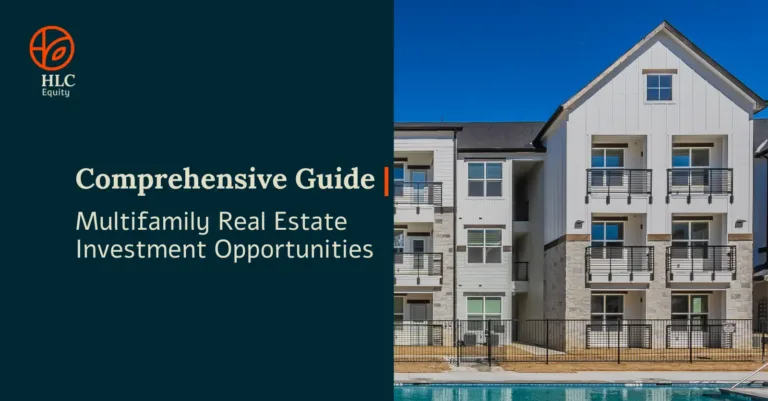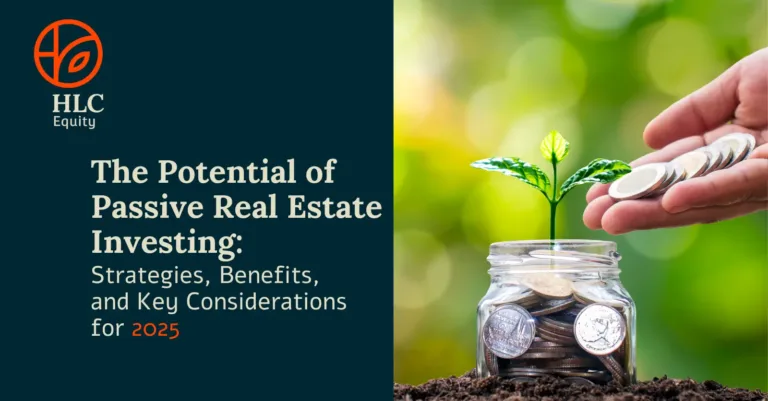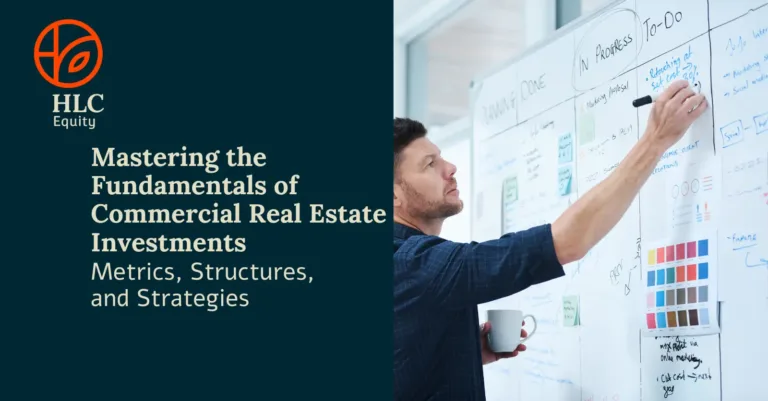There has been much speculation around COVID-19 and its impact on “working from home” (#WFH) and the use of office space. From Twitters proclamation that employees can WFH permanently, to Eric Schmidt (Ex-Google CEO) stating that companies will need more space as social distancing becomes prevalent in the work place.
There are those who claim that the office is dead, and those who claim that office demand will increase.
With so many variables at play, I prefer not to pretend like I know what the future holds. I point out how our company views the current work situation from a user standpoint, knowing that various companies and individuals will have different needs depending on their size and activity.
The remote work tools (cloud computing, video conferencing, collaborative software) that everyone is raving about today have been available for years, and are constantly improving. Therefore, for the last 10+ years I have believed that the primary reason to be in an office is to see people, not to get work done. This has allowed me to be part of our US based company growth, creating a quasi-distributed work force with teams in several locations, all while living thousands of miles away.
My most productive work hours are the moments when I’m working in solitude away from everybody. My most meaningful work hours are when I’m with people.
With that said, who wants to live their entire working life in solitude? Commerce and public policy alike, are inherently about people, and there is nothing like being in the room with people. As described in his biography, Steve Job’s strongly believed that “if a building doesn’t encourage (collaboration), you’ll lose a lot of innovation and the magic that’s sparked by serendipity.” It is for this reason that the Pixar Building was designed to make people get out of their offices and mingle. All of this leads to what Frans Johansson coined as “Click Moments”, based on spontaneity.
This leads to the inherent challenge with open space offices and co-working spaces as we know it. On the one hand, it’s a far less productive environment to actually get work done. On the other hand, it serves a true purpose—those collaborative spaces are where the magic happens.
(#billion dollar moments demonstrating the magic of office space. You can’t have these moments when #WFH)
Here’s an alternative that we have been discussing in our company– Can we build a strong but also functional flex model, where our team comes into work for 2-3 days per week, in which case those days we are intentionally there to collaborate in open communal spaces and create “The Magic”? The other days of the week, we would be working from wherever we are most productive for solitary work; maybe an office, maybe a home office, or maybe a coffee shop. I would leave that up to my team members. I trust them, we have robust communication tools, and goals/KPI’s to track productivity.
The goal here would be to have a remote work scenario that is highly productive, promote work/life/family integration, reduce our company costs, all while utilizing public spaces for creating those magical moments of human interaction.
I realize that variations of this model exist, but will it become standardized?
There are a plethora of serious challenges to hash out before it does become standardized. Just to name a few: Who signs the lease, and which owners can and will adapt? How does the building get financed with such an unstable flex model? Office spaces with a majority of communal collaborative spaces could potentially reduce the value of office buildings in the short term as they will be viewed as less efficient on a per square foot basis. What about company privacy and security? I got it. There are issues. I’m just speaking purely from an occupiers standpoint.
There is no doubt that COVID-19 accelerated trends. Who is going to step up to serve the work needs of the future? Who will create a standardized flexible model for a more productive work environment, while also promoting the creation of magical moments in communal space, all of which should be based off of a business model that has legs to stand on?????
We have shied away from office building investments over the past few years, and we have a saying in our own investment firm, which goes along the lines of: “Offices are expensive to buy and expensive to own”. Well, looks like they may have just got a bit more expensive…..


